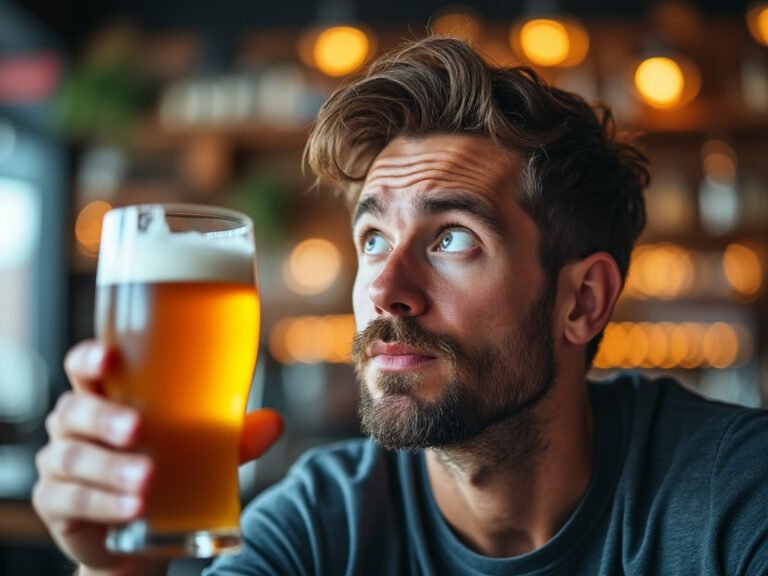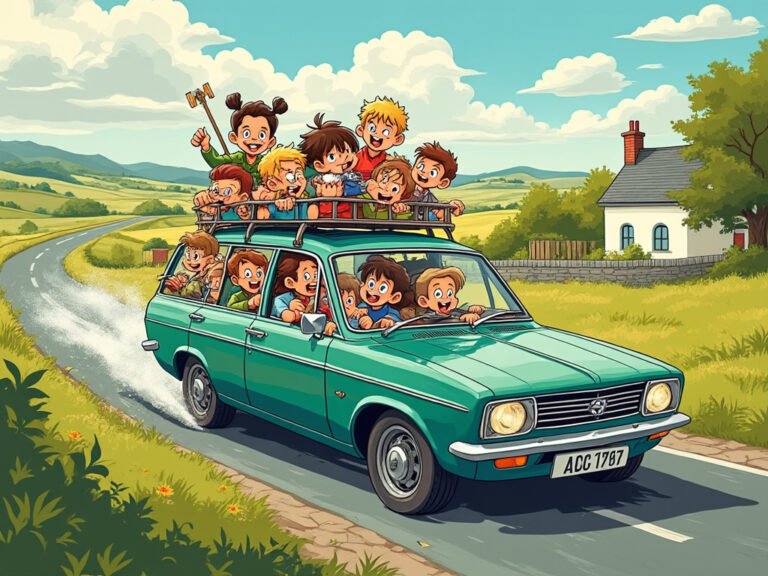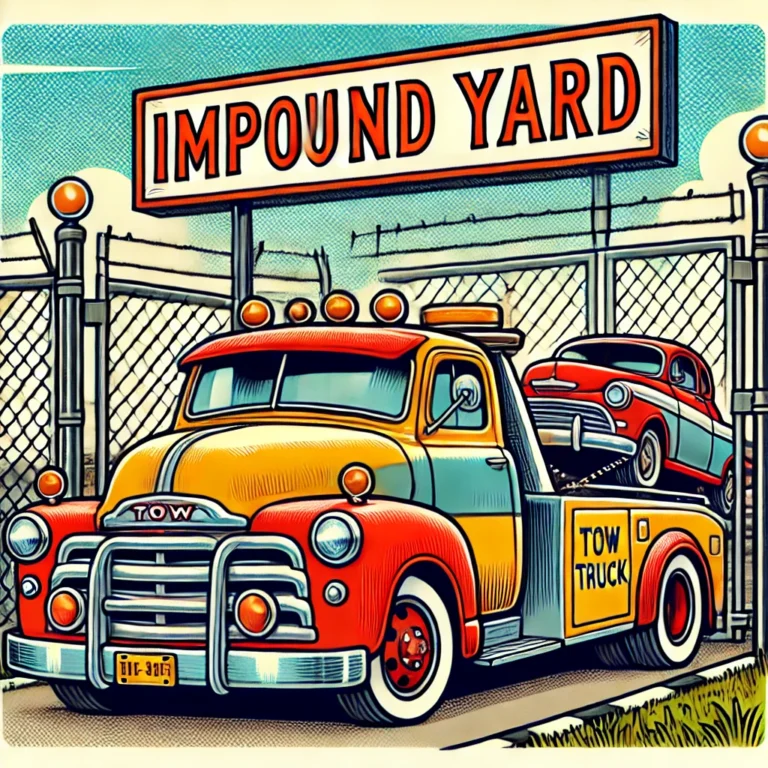The rise of non-alcoholic (NA) beer has been nothing short of remarkable. What was once a niche market has exploded into a thriving industry, with craft brewers and major brands alike creating increasingly sophisticated alcohol-free options. However, one question continues to spark debate: Can beer labeled as “non-alcoholic” contain up to 0.5% alcohol by volume (ABV), and is this truly alcohol-free enough?
The Technical Definition of NA
Let’s start with the facts. In most countries, including the United States, beverages containing 0.5% ABV or less can legally be labeled as “non-alcoholic.” This isn’t just an arbitrary number – there’s science behind this threshold.
The Science of 0.5% ABV
To put 0.5% ABV into perspective, consider these facts:
- Many common foods naturally contain similar or higher amounts of alcohol
- Ripe bananas can contain up to 0.4% alcohol
- Fresh-baked bread can contain up to 0.3% alcohol
- Kombucha typically contains 0.5% to 1.0% alcohol
- Orange juice can naturally ferment to contain up to 0.1% alcohol
Natural Alcohol Content in Everyday Foods
What many people don’t realize is that alcohol occurs naturally in many foods through fermentation. Your body even produces small amounts of alcohol through natural digestive processes. The 0.5% threshold was established because it represents a level of alcohol that cannot cause intoxication, regardless of the amount consumed.
The Mathematics of 0.5% ABV
To understand why 0.5% ABV is considered safe, let’s look at the numbers:
- A typical 12 oz (355 ml) NA beer at 0.5% ABV contains about 0.06 ounces of pure alcohol
- For comparison, a regular 5% ABV beer contains about 0.6 ounces of pure alcohol
- You would need to drink about 10 NA beers in one hour to equal the alcohol content of one regular beer
- The human body processes about 0.25 ounces of alcohol per hour
Who Should Consider the 0.5% Content?
While 0.5% ABV is generally considered safe for most people, there are some groups who might want to exercise additional caution:
- People in Recovery
- Individual tolerance and triggers vary
- Some may prefer to avoid any product that contains even trace amounts of alcohol
- Personal comfort levels should be respected
- Religious Observance
- Different faiths have varying interpretations about acceptable alcohol levels
- Some religious authorities have specifically addressed NA beer
- Individual interpretation and comfort should guide choices
- Medical Conditions
- Those with certain medical conditions should consult healthcare providers
- Some medications may interact with even small amounts of alcohol
- Pregnancy considerations should be discussed with healthcare providers
Truly 0.0% Options
For those who prefer to avoid alcohol entirely, there are increasing options for truly 0.0% ABV beers. These products use different brewing processes to ensure no alcohol content whatsoever. Some popular options include:
- Heineken 0.0
- Budweiser Zero
- Athletic Brewing’s NA options
- Various craft brewery offerings
The Brewing Process
Understanding how NA beer is made can help explain the alcohol content:
Traditional Method
- Brew regular beer
- Remove alcohol through:
- Heating (which can affect taste)
- Reverse osmosis
- Vacuum distillation
Limited Fermentation
- Stop fermentation before significant alcohol develops
- Results in naturally lower alcohol content
- Often produces better taste
Benefits of NA Beer
Whether at 0.5% or 0.0%, NA beer offers several advantages:
- Fewer calories than regular beer
- Hydrating rather than dehydrating
- Contains beneficial compounds from hops and barley
- Allows social participation without alcohol
- Safe for designated drivers
- Suitable for athletic recovery
Making an Informed Choice
The decision about whether 0.5% ABV is “alcohol-free enough” is ultimately personal. Consider:
- Your personal health situation
- Religious or cultural requirements
- Recovery status if applicable
- Individual comfort level
- Specific usage context
The Bottom Line
From a scientific and regulatory standpoint, 0.5% ABV is considered non-alcoholic because:
- It cannot cause intoxication
- The amount is similar to or less than naturally occurring alcohol in common foods
- The human body can process this amount as quickly as it’s consumed
However, the choice to consume 0.5% ABV beverages is personal. While this level is safe and non-intoxicating for the general population, individuals should make choices based on their specific circumstances, beliefs, and comfort levels.
Looking Forward
The NA beer market continues to evolve, with more breweries offering both 0.5% and 0.0% options. This growing variety allows consumers to make choices that best fit their needs while enjoying the craft beer experience without significant alcohol content.
Note: This article is intended for informational purposes only. Individual circumstances vary, and those with specific health conditions, those in recovery, or those following religious guidelines should consult appropriate professionals for personalized advice. And when you get a chance, take a look at my site Badassandsober.com for more tricks and tips.



